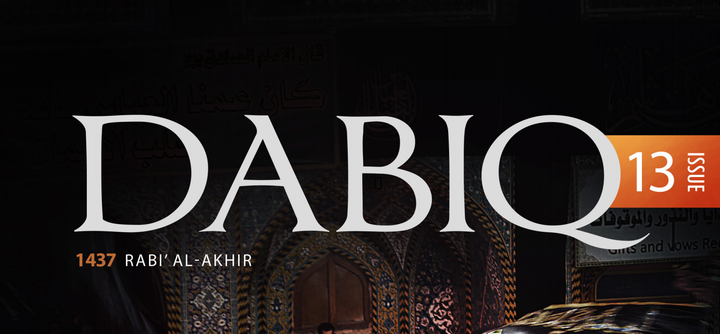
The militant group that calls itself the Islamic State has a far-reaching propaganda apparatus, and to Western audiences, the irregularly published magazine Dabiq might be one of its best-known products. Featuring high-quality production values and art design -- as well as horrific details of various Islamic State operations -- the glossy magazine, available in English and several other languages, tends to make headlines in Western media whenever a new issue appears.
Western outlets will sometimes cover Dabiq when an issue purports to reveal legitimate news. One issue confirmed the death of ISIS spokesman Mohammed Emwazi, also known as "Jihadi John." Another featured a photo of the device that ISIS claims brought down a Russian passenger jet. In other cases, Dabiq has invited waves of condemnation, such as when its pages promote sexual slavery or showcase the Islamic State's child soldiers.
The magazine is partly a way for ISIS to glorify its terror attacks and tout its brutal efforts at state-building in Syria and Iraq, and partly a way for the militant organization to try and recruit new extremists from around the world.
While Dabiq accounts for just a tiny fraction of all ISIS propaganda, it has garnered outsize attention in the West -- which is exactly what the militant group intended.
Here's what you need to know about Dabiq.
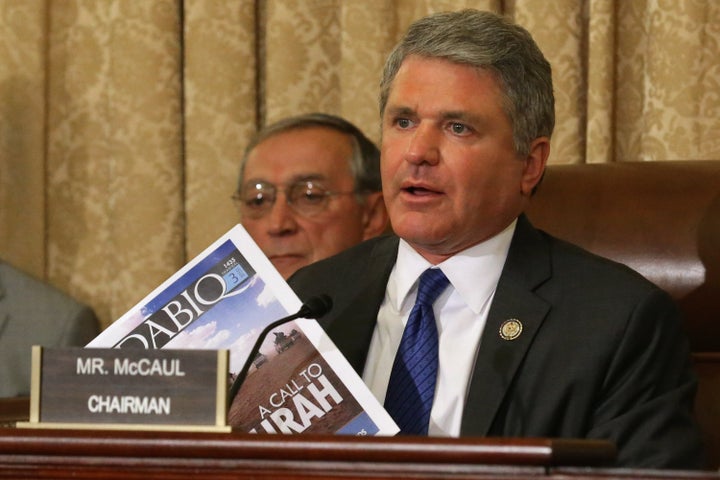
It has the look and feel of a modern magazine.
Dabiq is named after a small town in Syria where the group believes the final battle before the end of the world will occur, in accordance with Islamic prophecies. The magazine is created by al Hayat, one of the Islamic State's several media centers, which is based in Syria and Iraq (with a number of smaller media offices under its umbrella) and which is responsible for some of the militant group's most professional-looking propaganda.
Through al Hayat, the Islamic State has published more than a dozen issues of Dabiq since July 2014. While the magazine's look has become slightly more sophisticated over time, its contents and tone have stayed the same.
Each issue is about 50 to 60 pages long, and is typically filled with religious dictates, profiles of fighters and battlefield reports skewed heavily in favor of ISIS. In some respects, it's not so different from a fan magazine for a sports team -- something that praises different aspects of an organization while promoting a sense of collective identity.
One of Dabiq's hallmarks is its elaborate visuals, from images showing ISIS' black flag superimposed over the Vatican to movie poster-like depictions of the terrorists behind the mass killings in Paris.
The magazine also features recurring columns like "To Our Sisters," about the role of women in the Islamic State -- one issue included an article about how to mourn a husband killed in battle -- and "From the Pages of History," which attempts to fit current events into the context of ISIS' warped version of history and its apocalyptic narrative.
Dabiq never misses an opportunity to promote other forms of Islamic State media. It often lists hashtags that readers can use in support of various ISIS initiatives, such as its ill-considered adoption of gold coins as currency. A full page from the 11th issue of Dabiq encourages readers to "catch up" on the previous 10, and the magazine even runs top 10 lists of recent propaganda videos.
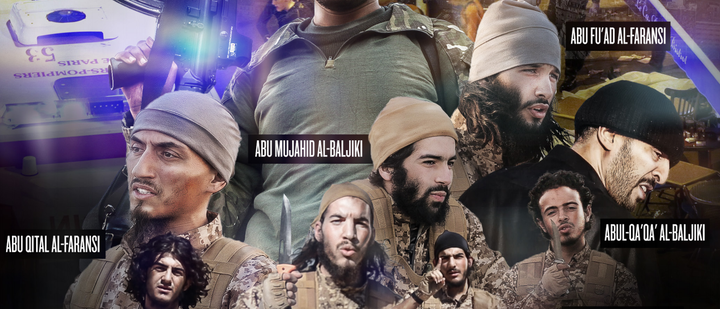
It wants to provoke a response.
Western media coverage of Dabiq tends to grow more intense whenever the magazine does something especially reprehensible. This was the case when one issue used a picture of Alan Kurdi, a 3-year-old Syrian boy who drowned trying to reach Greece, to attempt to deter refugees from leaving ISIS territory, or when Dabiq created ransom posters of two of its kidnapped foreign hostages.
This is part of what Dr. Haroro Ingram, a research fellow at Australian National University who has studied extremist propaganda, describes as ISIS' "baiting strategy," where it attempts to provoke a reaction from the outside world.
“In Dabiq magazine you really see that at play -- especially in using extreme violence, knowing full well they’re going to get some kind of response,” Ingram told The WorldPost.
But Ingram also pointed out that not everything in Dabiq is calculated to provoke. When the magazine isn't showing horrific images of death and brutality, it's often running photos that supposedly show how wonderful life can be under Islamic State rule. These elements aren't aimed at foreign media, but rather are meant to seduce the mostly young, mostly male Muslims whom analysts say are Dabiq's targets for recruitment.
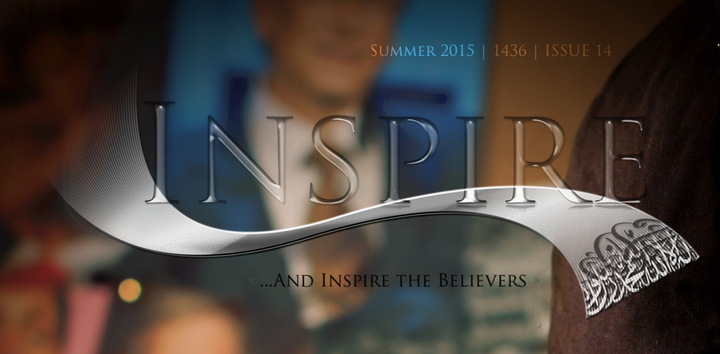
It's not really a new idea...
Militant groups creating English-language magazines for propaganda purposes is nothing new. In Afghanistan, extremists have published a number of titles since the 1980s, including The Mujahideen monthly and the Taliban's magazine In Fight.
The closest analogue to Dabiq is al Qaeda's Inspire magazine, which the group has published since 2010. The two magazines are extremely similar in their design, featuring stylized photos of fighters -- along with artwork that exalts the terrorists' causes or condemns their enemies -- amid pages of text.
Dabiq has even copied some of Inspire's recurring columns, including a section where articles and statements from Western media and politicians are reproduced and framed in such a way as to reflect poorly on the speaker or writer, or else to reflect well on the terrorists. In Dabiq, this feature is called "In the Words of the Enemy," and has included quotes from political figures like former Sen. Rick Santorum (R-Pa.) and publications like The New York Times.
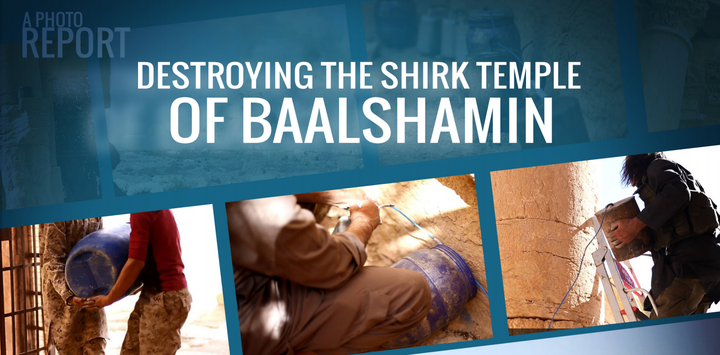
...but its strategy is unique.
Unlike Inspire and other extremist publications, Dabiq is almost entirely free of author bylines.
Apart from a few instances, such as columns purportedly written by the kidnapped English journalist John Cantlie, the editorial voice of Dabiq tends to be monolithic, supposedly coming from the Islamic State group as a brand rather than from individual writers.
Aside from security concerns -- Inspire has lost a few of its editors to drone strikes -- ISIS has a strategic reason for keeping the authors of Dabiq anonymous, Ingram says. By not attributing its articles, and by relying heavily on excerpts from Islamic texts, Dabiq is trying to present itself as a legitimate religious authority.
But the biggest difference between Dabiq and its peers, according to Ingram, is that the magazine relies on a unique mix of messages to appeal to its readers.
On the one hand, Dabiq offers what it frames as a rational argument for ISIS, claiming that life is simply better in territory controlled by the group, and that Western states and militaries do a poor job of protecting and providing for their citizens. The magazine shows stylized propaganda photos of modern medical facilities and services, for example, and argues that people who live outside of ISIS' purview are slaves to work hours and wages.
Simultaneously, Dabiq plays up the importance of identity in trying to persuade young Western Sunni Muslims to support the Islamic State. The magazine encourages readers who can't actually travel to ISIS-controlled territory to instead commit terror attacks in various locations around the world against "apostates" and "crusaders" -- that is, anyone who doesn't subscribe to the group's ideology.
"Dabiq is almost a perfect 50-50 split" between these appeals, Ingram says, and the two sides work in tandem. One emphasizes a struggle and a crisis of identity, while the other promotes the falsehood that ISIS has the answer to those problems.
"If you keep increasing people's perception of crisis, they turn away, because 'What hope do I have? I can't be a part of anything,'" Ingram said. "But if you make that perception of crisis increasingly acute and then you provide solutions, it helps to mobilize people."
